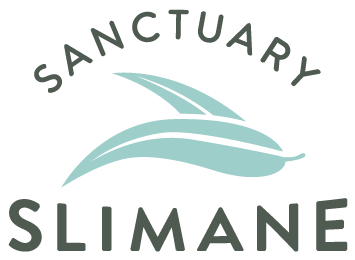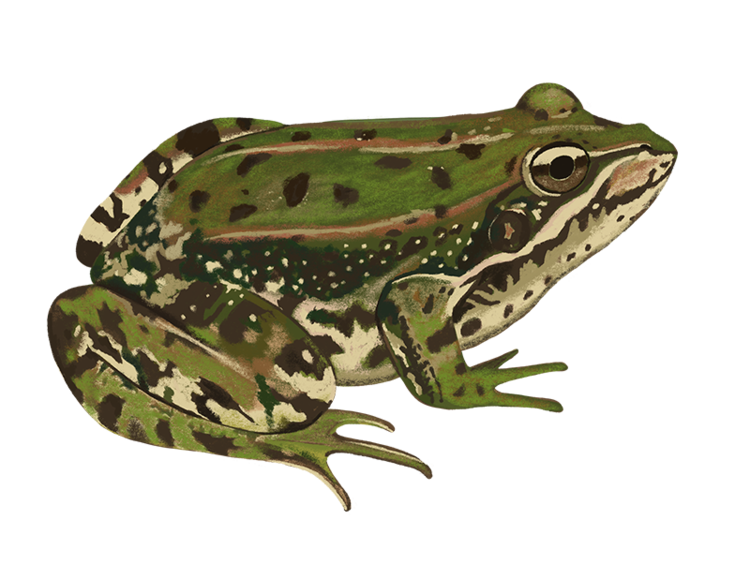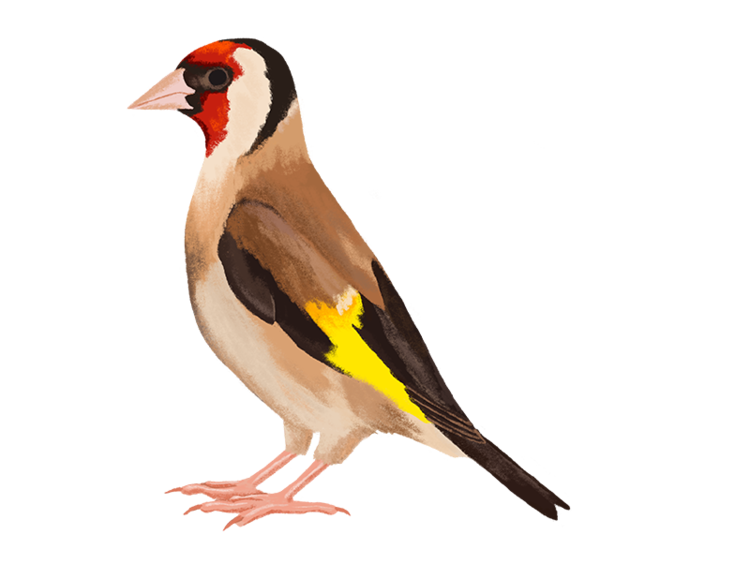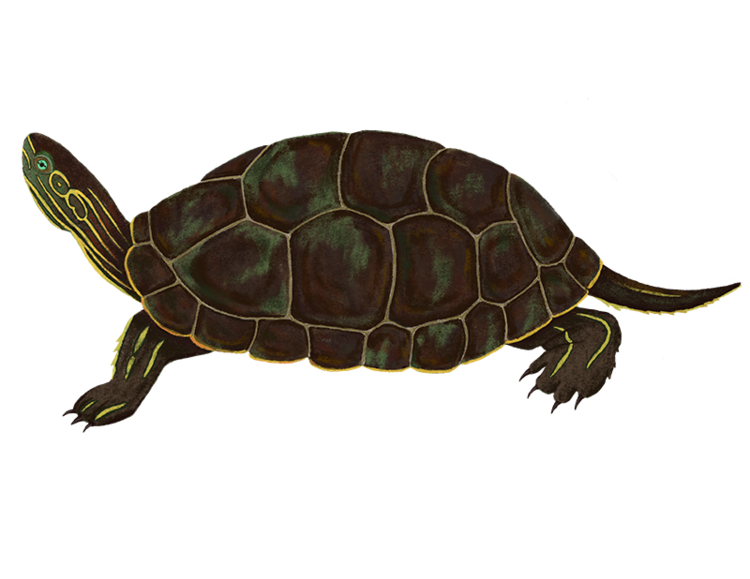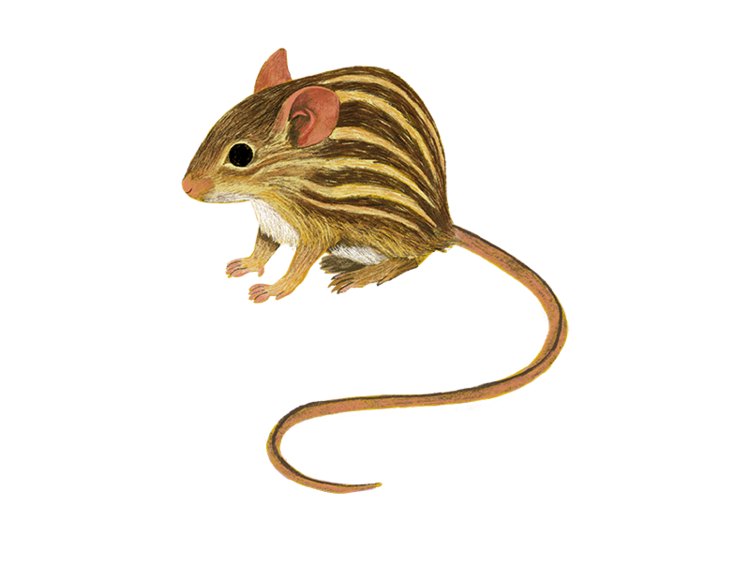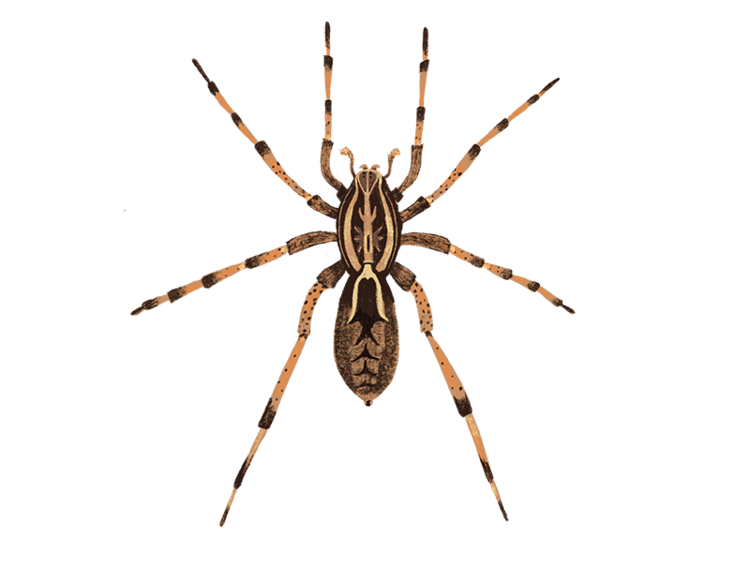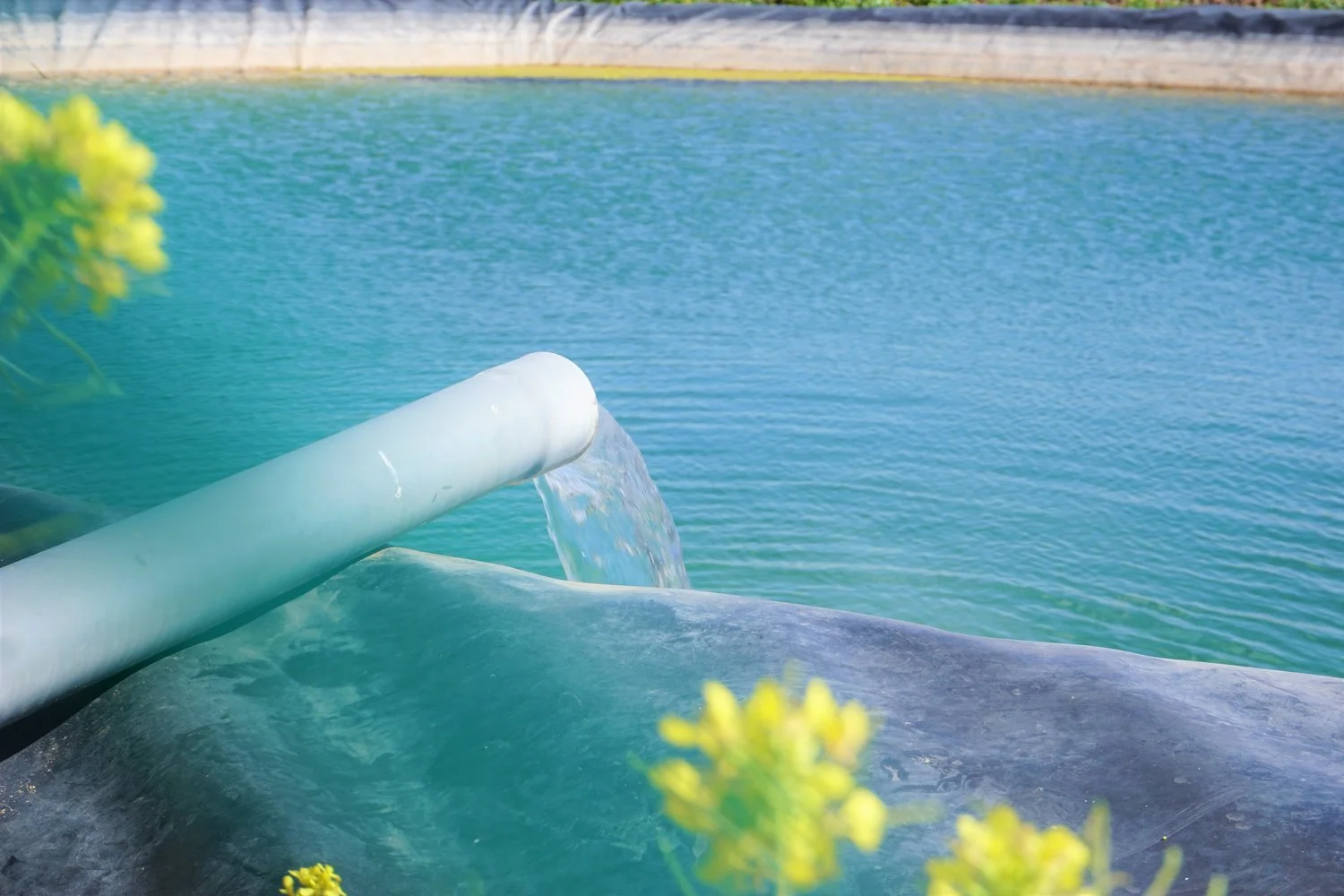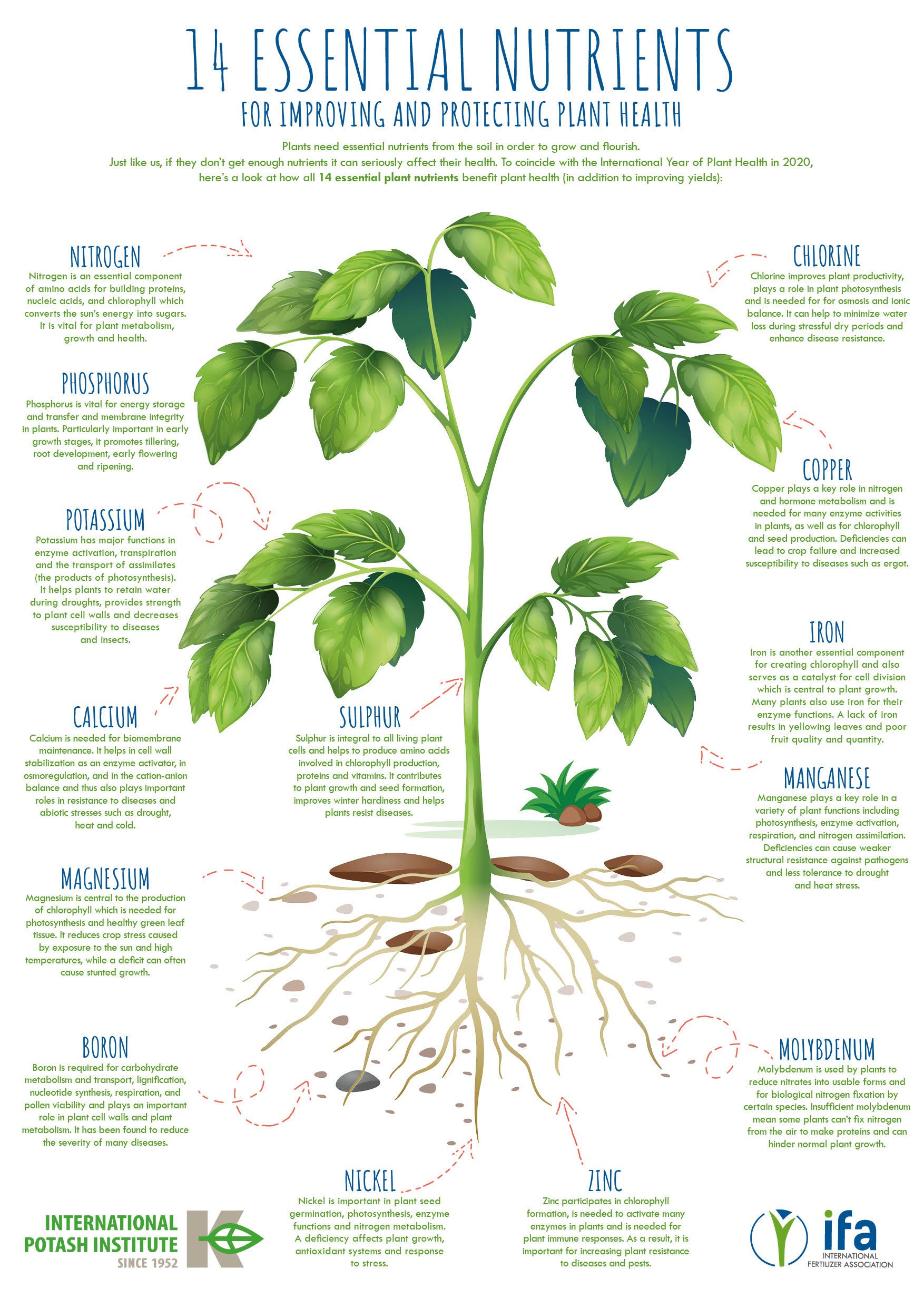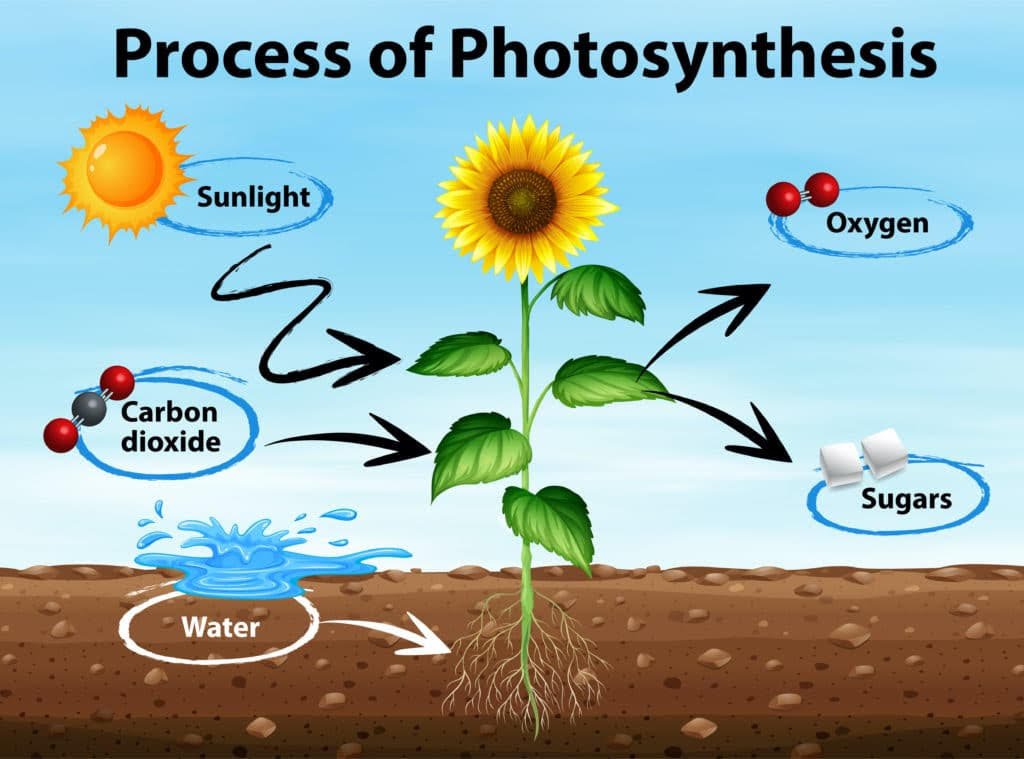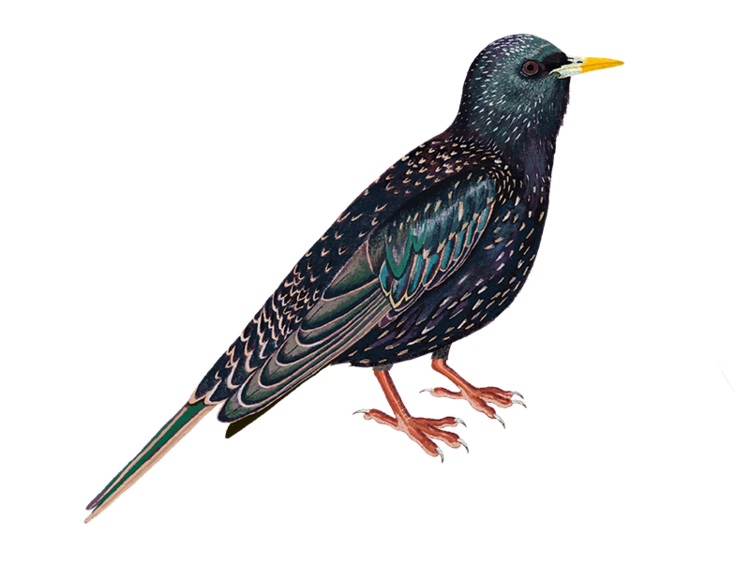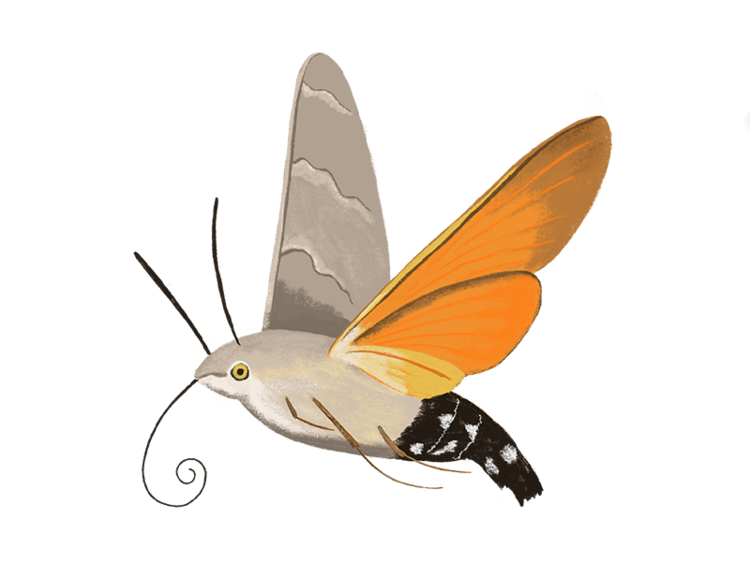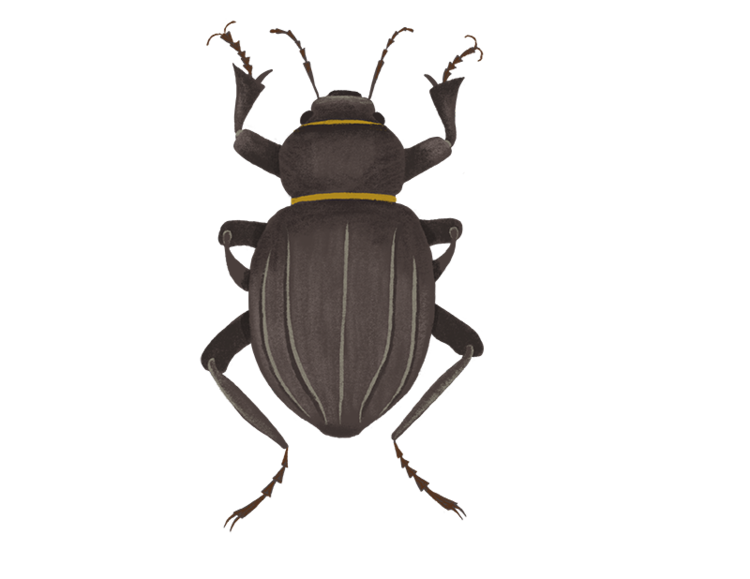About
Our Projects
Biodiversity Catalog, Migrant Empowerment, Waste Water Management, Fungi Cultivation, Endangered Species Exhibition
BioDiversity CataloG
The Sanctuary is dedicated to creating a library of the evolution of life over the years. It’s for this reason, an inventory of animals, plants, and fungi at the farm allows us to better understand our environment. For example, with some research, we can discover interesting medicinal plants or add some that will help our bees. It also allows us to measure the increase in biodiversity over time, especially after we enhance our landscape with the addition of our water ponds. We have had a substantial increase in birds, butterflies, frogs, dragonflies.
The Intersection of Art & Biodiversity
There is an active interplay between Art and Nature at the Sanctuary. We enjoy involving our artists in many of our projects. Inviting them to use their talents to illustrate and help us inventory the various plants, animals and fungi makes the biodiversity project more interesting and keeps a record of their stay.
Click the Images Below to Learn More About the Ever-Changing Biodiversity at the Farm
How Does This Project Support the Mission of the Sanctuary?
We would like to be a sanctuary for all creatures, big and small. We rescue domesticated animals but we also care about wildlife in an attempt to create harmony (mainly through habitat restoration). Increased biodiversity year after year is one way to measure the quality of our work which starts with healing the soil and continues with a respectful and attentive approach to growing food and caring for all creatures.
Fungi Cultivation
“Nature has been experimenting with fungi for a billion years, perfecting a lot of powerful survival tools. We can use these tools in fantastic ways— to revive damaged ecosystems, offset global warming, and even prevent diseases.”
Paul Stamets
Mushrooms are often looked at either as food or as a drug. They are so much more than that. Mycologists like Paul Stamets and others have shown that there are mushrooms with extraordinary health benefits as well as medicinal properties. They are already used against depression, and substance abuse showing excellent results.
Fungi are the creators of soil, the connectors between plants and the mineral world. Genetic comparisons place humans closer to Fungi than to plants!
The kingdom of fungi has been understudied for a long time. It is impossible to understand soil composition without studying the role of fungi. We are looking at that world not just as a food source but also as a way to help our plants better absorb nutrients through their symbiotic relationship with fungi.
The Sanctuary has dedicated time and resources to designing and building a Fungi Cellar to grow oyster and shitake mushrooms and learning ways to inoculate specific kinds of fungi in the soil in order to help various trees thrive in often complex environments.
Waste Water Management
Water is the most precious resource on the planet. In order to consume it wisely in this arid part of the world, a multi-faceted approach is needed. Wastewater management is one of them. The idea is to purify then reuse the water for irrigation purposes. The importance of this project on the farm will allow us to be resourceful in our use of water overall. The development of our drip irrigation system, contributes to massively reducing our water usage.
In keeping with our commitment to growing the Sanctuary in partnership. We have started a relationship Green Watech, founded by Dr. Salma Bougarrani, a Moroccan water researcher and entrepreneur. This fledgling company has patented, a low-tech, affordable way to purify wastewater through a process called photocatalytic ozonation.
Endangered Species exhibition.. Coming in 2023
It is natural for us as a Sanctuary to create multiple events around environmental protection. Species go extinct on a regular basis, mainly because of habitat destruction. The tipping point for our engagement with this project was learning of the death of the last male Northern White Rhino in 2018. This prompted us to be more active in the area of wildlife protection.
We plan to create a multi-disciplinary exhibition that involves artists working with different media: painting, ceramics, carpets, woof sculptures. We will focus on critically endangered species allowing the artists to choose the animals/plants that inspire them.
Education
The Sanctuary is a living classroom. The resources we cultivate are powerful tools to teach individuals of all ages and from all walks of life about our responsibilities in taking care of our land and animals. We are particularly committed to being a resource to the local community, including area schools that allow us to complement their curriculum to include topics ecology, art, permaculture, beekeeping, and animal care.
SOLAR ENERGY
Solar Energy
We All Have a Responsibility
Solar is important to long-term sustainability on the Farm. Our location in Morocco has positioed us at the right latitude to benefit from solar all year round. It has been helpful to us to be located in a country that has made a conserted effort to identify ways to harvest solar production that will assist with enhancing the infrasturce of the entire country.
We have taken a responsible approach by capturing solar energy using 120 photovoltaïc panels, producing roughly 30% of the electricity we need to run our operations at the Farm.
We anticipate our commitment to solar will produce long-term benefits including:
* Access to clean and renewable energy, available nearly every day of the year in Morocco
* Reduction in fossil fuels that are the main cause for climate change globally.
* Eventually we hope to identify a solution to harness energy and store it to further reduce our reliance on the grid.
migrant Empowerment
The refugee crisis is a major problem of our times. Our farm can be a place where people can get solid training in various aspects of organic farming and permaculture. Our refugee-related effort is modest but other farms might look at us and realize that there is an untapped workforce that desperately needs an income. With a set of skills, job opportunities might also open up for these young people.
